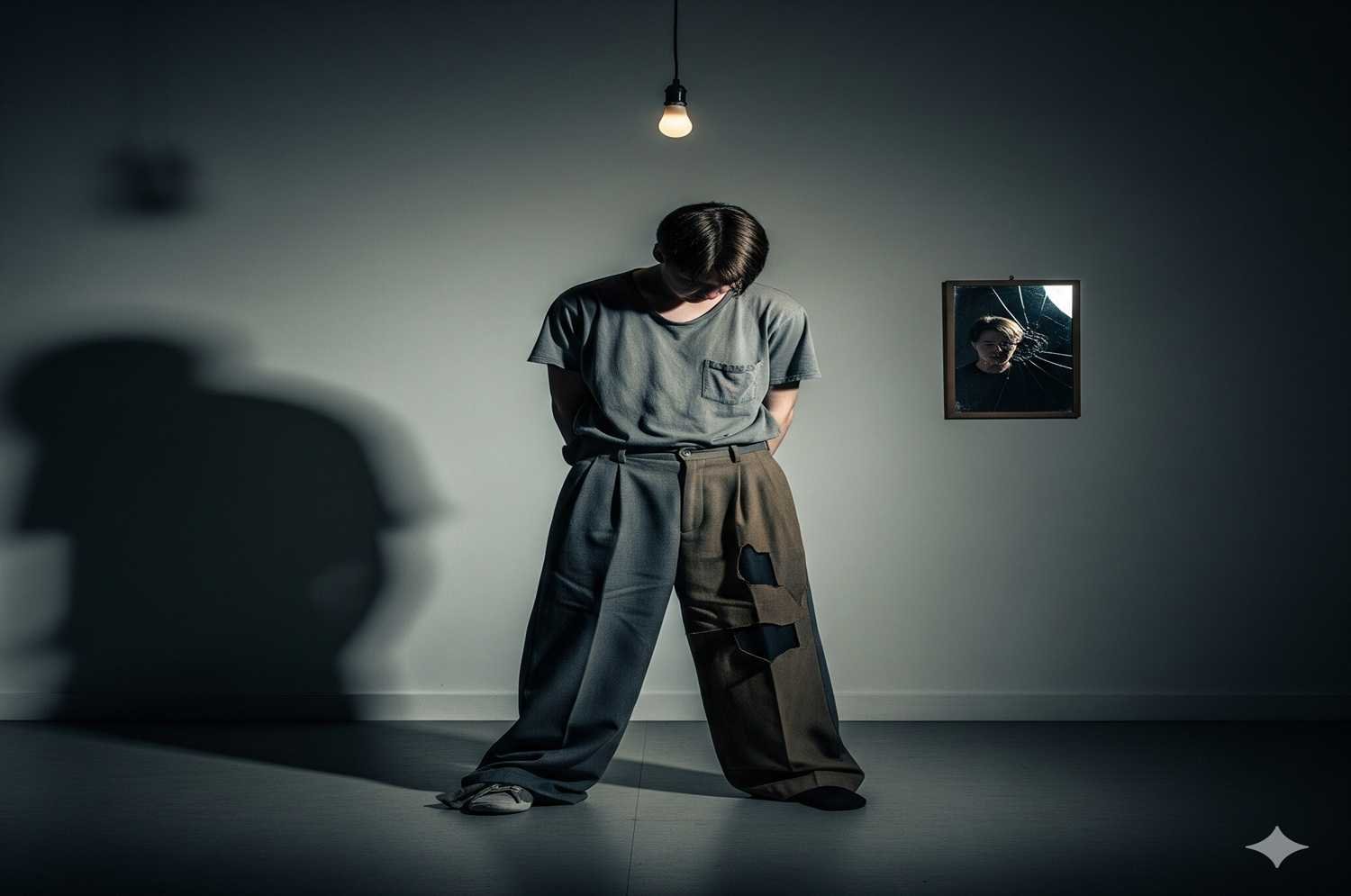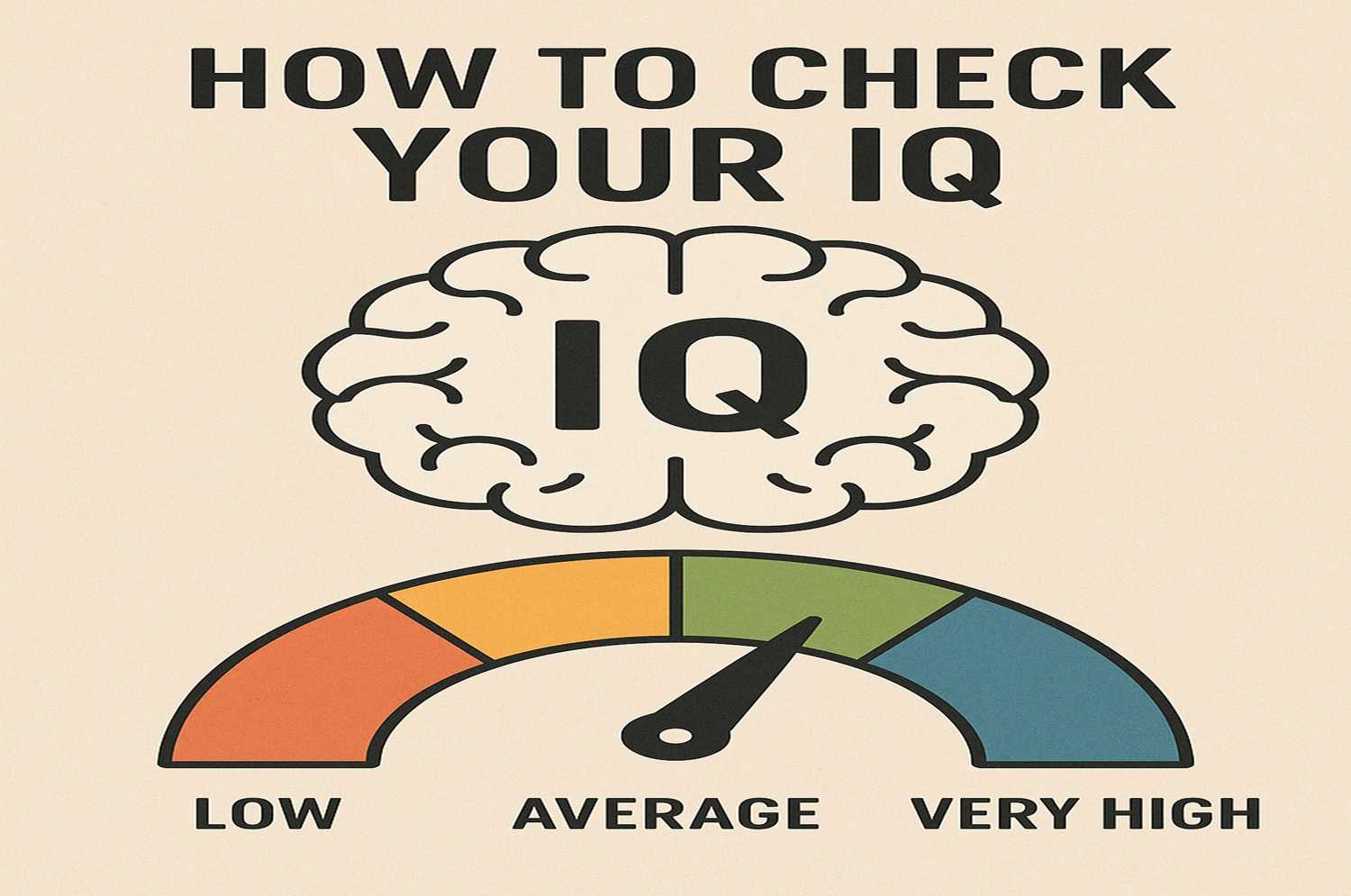“Did you know your clothing choices can send subtle signals about your confidence level? Psychology reveals how certain dressing habits can unintentionally make you appear less self-assured. In this guide, we’ll explore 8 clothing mistakes that might be holding you back—and what you can do instead.”
8 Clothing Habits That Make You Look Less Confident
1. Wearing Clothes That Don’t Fit Well
Ill-fitting clothes—whether too loose or too tight—can subtly undermine your posture and body language. Psychology suggests that when comfort clashes with appearance, it impacts self-esteem. The psychology of clothing choices shows that a well-fitted outfit enhances both confidence and presence.
2. Overly Baggy or Oversized Outfits
While baggy clothes may feel comfortable, they’re often linked with hiding insecurities. Studies in perception psychology reveal that shapeless clothing can unconsciously signal a lack of confidence. Wearing structured outfits communicates assurance without saying a word.
3. Clothes That Are Too Tight
On the flip side, overly tight clothing creates psychological discomfort, making you hyper-aware of your body. This distraction prevents you from feeling fully confident. When clothing restricts, so does your self-expression.
4. Poor Grooming or Wrinkled Clothes
Psychologists call it the “halo effect”—when appearance influences how others judge confidence and competence. Wrinkled, stained, or poorly groomed clothing can make you appear careless, while neat dressing enhances credibility and presence.
5. Outdated or Worn-Out Clothing
Wearing clothes that look old or neglected often signals a lack of self-care. From a psychological perspective, your wardrobe reflects self-respect. Fresh, well-maintained outfits project a confident, proactive mindset.
6. Overly Flashy or Distracting Outfits
Trying too hard with flashy clothes can backfire, creating the impression of overcompensation. In the psychology of clothing choices, balance is key—confidence comes from subtle elegance, not from demanding attention.
7. Wearing All-Dull or Neutral Colors
Colors strongly influence mood and perception. Dressing only in dull neutrals may unintentionally project low energy or lack of confidence. Psychology suggests that balanced color use—like adding a bold accent—can instantly elevate mood and presence.
8. Dressing Inappropriately for the Occasion
Wearing the wrong outfit for the context—be it a job interview, a date, or a networking event—often sparks social anxiety. According to psychological studies, context mismatch makes people feel self-conscious, reducing their natural confidence.
Psychology Behind Dressing and Confidence
Clothing is more than just fabric—it’s a powerful psychological tool that shapes how we see ourselves and how others perceive us. Research on enclothed cognition shows that what we wear directly influences our self-image, confidence levels, and even performance. For instance, wearing professional attire can make you feel more authoritative and focused, while casual, relaxed clothing may lower stress and encourage comfort.
The psychology of clothing choices also plays a vital role in first impressions. People often form judgments within seconds, guided by non-verbal cues such as posture, grooming, and attire. A polished outfit can silently communicate confidence, competence, and credibility before you even speak. On the other hand, mismatched or neglected clothing may send signals of insecurity or lack of preparation.
In short, clothes don’t just reflect your personality—they actively shape the way you project confidence in social and professional settings.
Read Also:
Role of Dopamine in Motivation and Happiness
FAQs:
1. Does clothing really affect confidence?
Yes, clothing influences self-image through enclothed cognition, enhancing mood, performance, and overall confidence instantly.
2. What colors make you look more confident?
Bold colors like red, navy, and black project authority, while crisp neutrals communicate professionalism and confidence.
3. How can I choose clothes that boost self-esteem?
Select outfits reflecting your personality, ensure proper fit, prioritize comfort, and use empowering colors to feel confident.
4. Why do people judge confidence by clothing?
Clothing sends non-verbal cues about self-assurance, status, and attention to detail, shaping first impressions instantly.
5. Can simple grooming habits change first impressions?
Yes, neat grooming, polished shoes, and clean attire enhance appearance, influencing how confident others perceive you.









